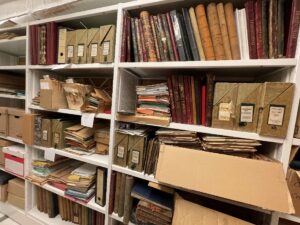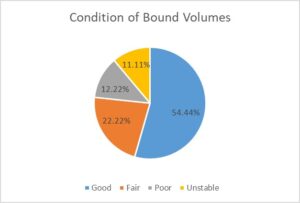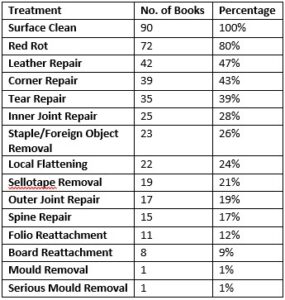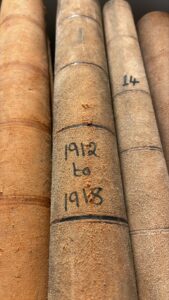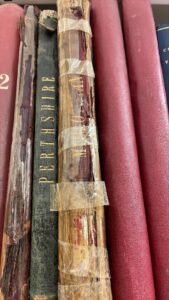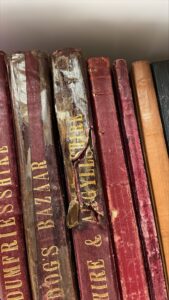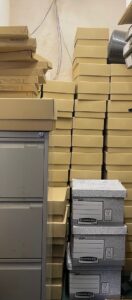Hello, I’m Elizabeth, the postdoctoral researcher on the One Health archival project! During the Wellcome Trust grant, I was employed for five months from October 2023 to the start of March 2024 to develop academic engagement with the archival material and undertake a short research project. Thanks to funding from Heritage Collections, I can continue for two more months until early May, focusing on engagement and another short research project. I will spend the next month blogging to introduce research strands identified across the collections that might be of interest to researchers/students, share short research projects I’ve undertaken, and our academic engagement activities so far. By doing this, you’ll really get a flavour for the richness of the collections as a resource for research.
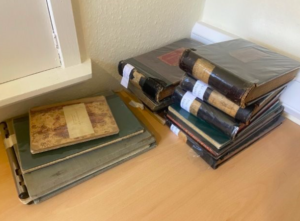
RZSS Animal Arrival and Death Records
Just a quick introduction to my background! I have a PhD in environmental policy and ethics, with focus on biodiversity conservation, but more recently I have undertaken degrees in anthropology, in the subfield of anthrozoology, where we study human-animal relationships and interactions, considering socio-cultural, political contexts. My previous research projects have primarily involved captive wild animals in zoos and circuses, compassionate conservation and human-wildlife conflict and coexistence. I had previously undertaken research on Charles Darwin that introduced me to digital archival research, but I had not engaged directly with archival material – this is an exciting, new world to be immersed in. Thank you to Fiona Menzies, Project Archivist and lead, for introducing me to it!

Me and my cat, Reilly, who is known well at the Dick Vet due to his many rare health conditions!
The archival materials are fascinating in so many respects, windows into specific organisations in Edinburgh and how they were located within wider debates in Scotland and the UK about animal health, welfare, conceptions of animal cruelty, public health and the roles and perceptions of women in caring within communities, for instance. More on research possibilities in the next blog post! In the meantime, do get in touch if this post has already piqued your interest: you can comment on the blog post or reply to me directly at elizabeth.vandermeer@ed.ac.uk.
Sneak peak at research strands:
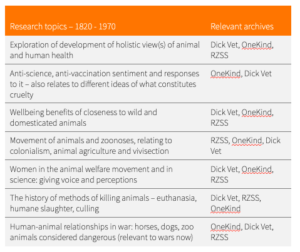
Research streams that cross the collections

